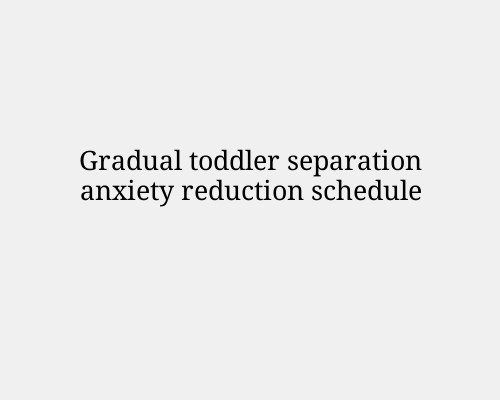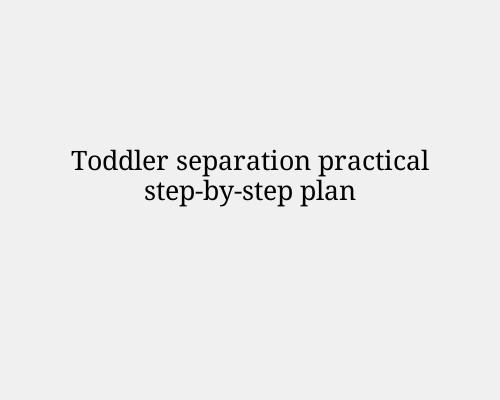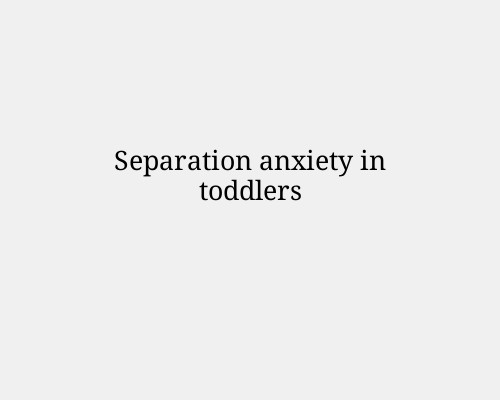
Week Gradual Separation Anxiety Reduction Schedule.
toddler_separation_anxiety_tracker.xlsx
It’s designed so the changes are small enough not to overwhelm your toddler, but consistent enough to build confidence.
Overview
Daily short separations at home → slightly longer separations → real-world separations.
Stick to the same goodbye ritual every time.
Pair separations with a trusted caregiver and something enjoyable for your toddler.
Week 1 — Gentle Foundations
Day 1–2: Same room, small distance
Activity: Play together, then move a few steps away while still in sight (e.g., fold laundry, cook).
Duration: 2–3 min at a time, several times a day.
Day 3–4: Out of sight briefly
Activity: Play together, then say your goodbye phrase, step into another room.
Duration: Start with 1 min, increase to 3–4 min.
Caregiver: Same familiar adult stays with them.
Day 5–6: Short leave with caregiver
Activity: Hand over to caregiver at home, then go outside or to another part of the house where you can’t be heard.
Duration: 5–10 min.
On return: Greet warmly, validate feelings.
Day 7: Short real-world separation
Example: Leave toddler with caregiver while you go to a nearby shop.
Duration: 10–15 min.
Caregiver engages in a favourite activity (playdough, snack time).
Week 2 — Building Confidence
Day 8–9: Slightly longer outings
Duration: 20–30 min away (e.g., short walk, coffee nearby).
Keep the same goodbye ritual.
Day 10–11: Familiar location drop-off
Example: Drop toddler at a friend’s or family member’s home for 30–45 min.
Bring a comfort item.
Day 12–13: Semi-structured activity without you
Example: Playgroup, library story time, or supervised park visit without you present.
Duration: 45–60 min.
Day 14: First longer stretch
Duration: 1.5–2 hours away with trusted caregiver.
Choose a time when toddler is well-rested and fed.
On return, praise their independence: “You did great while I was gone!”
Golden rules during the 2 Weeks
Never sneak away — always say goodbye, even if it triggers crying.
Stay calm & confident — your tone signals safety.
Keep promises — return at the time you said.
Celebrate progress — even 2 extra minutes apart is a win.

